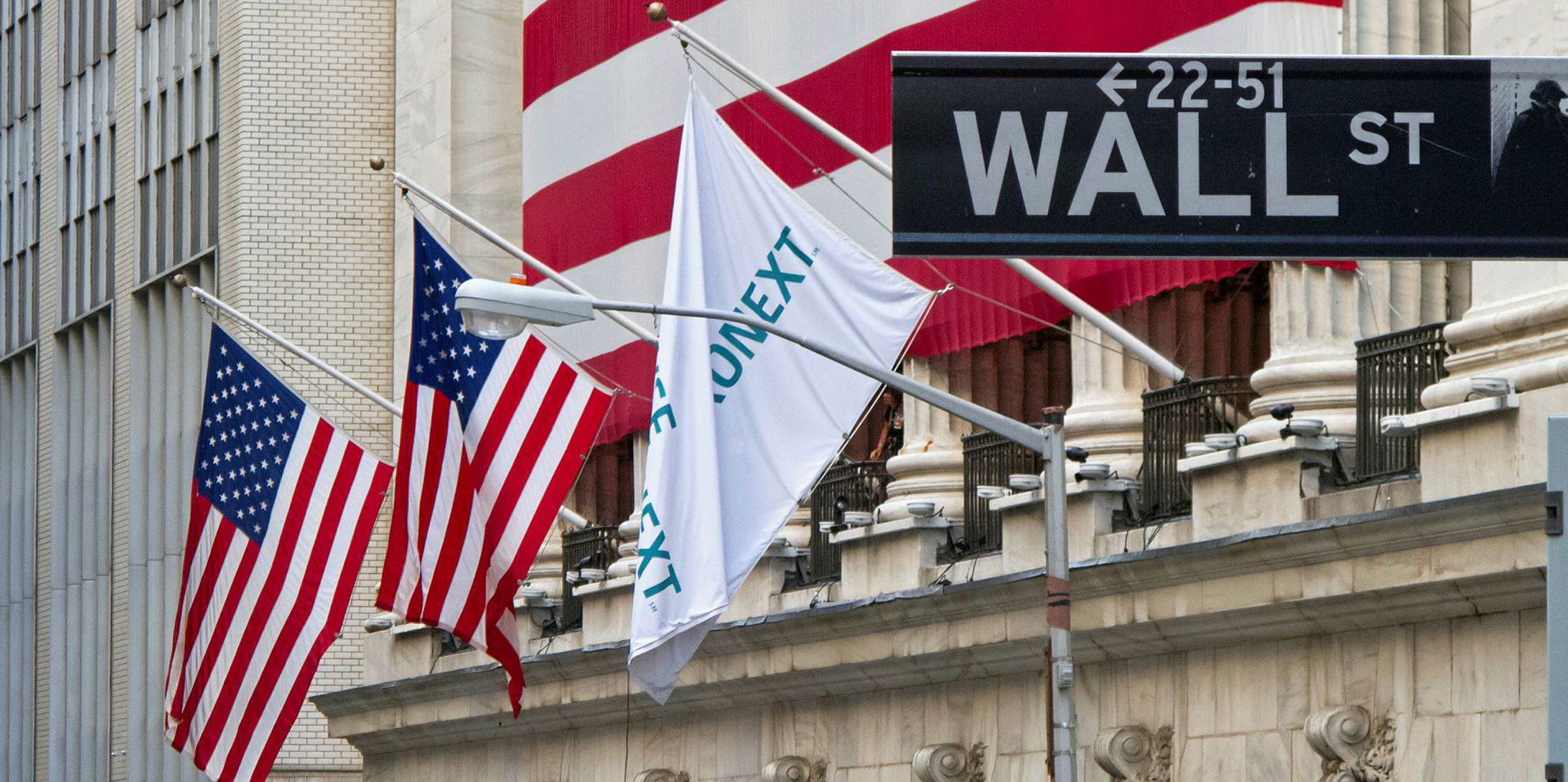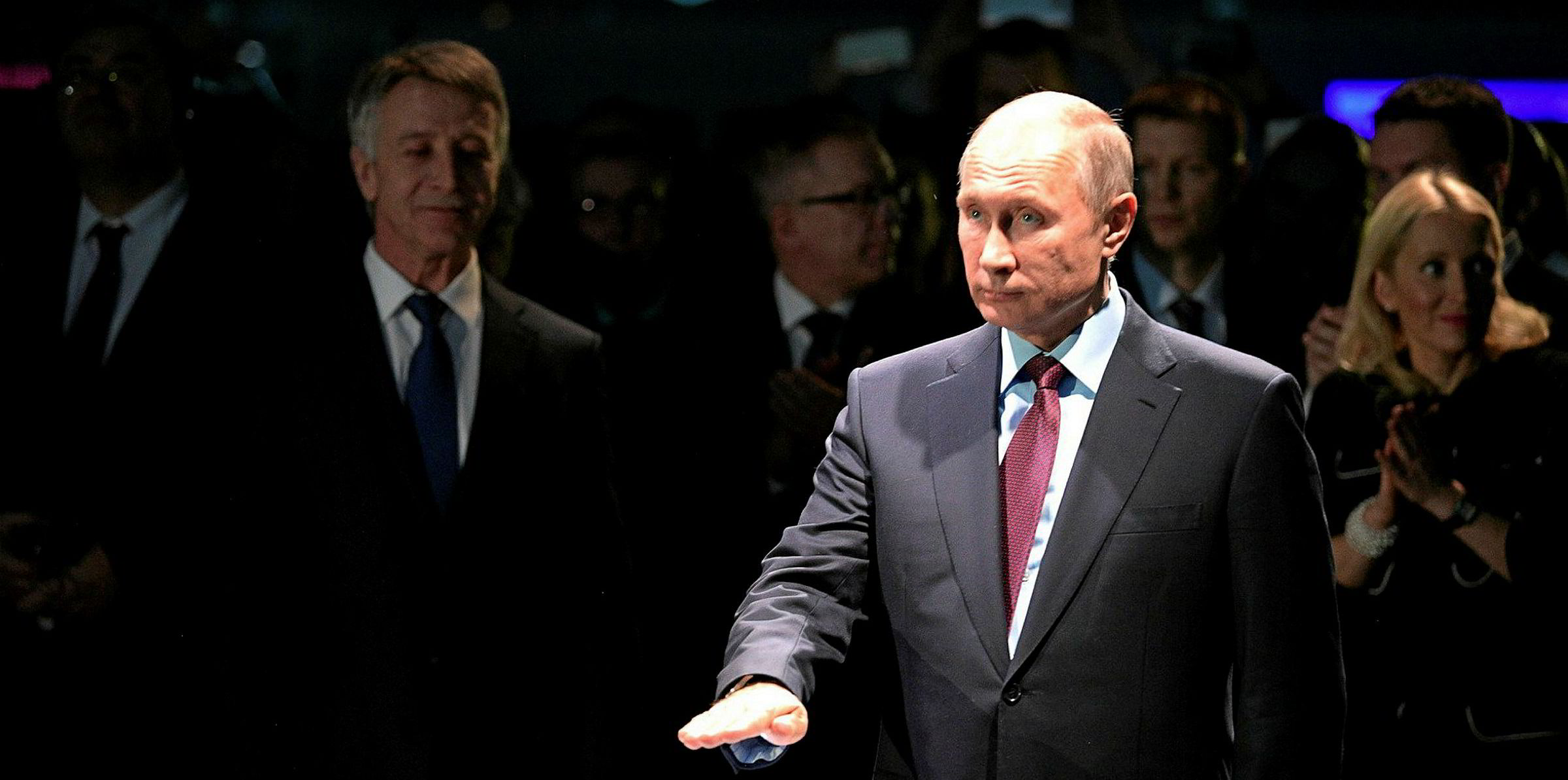New York-listed tanker stocks continued a strong surge based on improved rates and outlook Tuesday following a robust rally Monday that contrasted with a broader selloff of energy stocks.
Tuesday gains -- in some cases at or near one-day records -- were part of a wider comeback by shipping stocks after a 2014-point drop Monday in the Dow Jones Industrial Average, the worst on a percentage basis in 12 years.
However, those other sectors all had been punished on Monday amid the wider market carnage stemming from an oil price war between Saudi Arabia and Russia and the continued coronavirus fallout.
Not so tankers, which are now increasingly viewed as well positioned to profit from a sudden glut in world oil supply, and potentially from floating storage opportunities given a phase of contango in crude prices.
Owners of big crude tankers like VLCCs and suezmaxes led the march.
Tuesday’s top gainers in mid-afternoon included Frontline, up 24% at $9.08; suezmax purist Nordic American Tankers, up 22% at $2.65; Teekay Tankers, up 19.9% at $17.79; clean products giant Scorpio Tankers, up 19.4% at $18.04, and DHT Holdings, up 12.9% to $6.03.
Gains continued through the afternoon, with Teekay Tankers soaring to a 36% rise on the day to lead the pack. Teekay Corp gained 45%, while NAT and Tsakos Energy Navigation jumped 30%, and Frontline finished up 28%.
Equity analysts said the outsized gains combined with trading volumes several times the 30-day average suggested investors were scrambling to cover "short" positions on the stocks accumulated in the last three or four weeks of coronavirus panic.
The Dow gained 1,167 points or nearly 5% in a comeback from Monday's collapse.]
Virtually all of the crude-carrying owners had been up Monday, as investors differentiated their role in an oversupplied market from the overall shock to energy markets.
Leading Monday’s gainers had been Euronav and Frontline at about 7% each, followed by DHT and Teekay Tankers at 4% each.
Spot rates of large tankers shot up on Tuesday as charterers rushed to fixed vessels to carry cheap oil from the Middle East Gulf (MEG).
On the Baltic Exchange, the time charter equivalent rate for VLCCs on the MEG-China route was assessed at a two-month high of $70,118 per day, up $31,424 from Monday's level.
Freight rates were climbing throughout the day in physical trading after Saudi Aramco reportedly vowed to raise crude production to a record 12.3m barrels per day in April, more than 25% higher than its February output.
The move, which came after the collapse of the Opec+ talks last week, prompted similar actions from Russia and other Opec producers, and the market is expected to be flooded with oil during the ongoing price war.
Tanker International data showed at least 20 VLCCs were provisionally fixed to lift crude in late-March and April on Tuesday, including 15 from the MEG.
Bahri booked nine of them to load from the MEG for five shipments to the US Gulf, one to South Korea and three to Red Sea ports, and the rare move from the Saudi state carrier significantly tightened the tonnage supply.
The TCE rates of two of the Red Sea trades were assessed at more than $100,000 per day.
The 317,100-dwt Maran Arcturus (built 2010) was taken by Koch for a voyage charter from the MEG to South Korea at Worldscale 85, with a loading date between 27 and 30 March. Similar deals were done below WS 50 last week.
Among other segments, average suezmax earnings rose by $2,820 to $29,574 per day on Tuesday, while aframax increased by $5,259 to $25,762 per day.
As for product tankers, Bloomberg data showed 16 LR vessels were booked, of which six were for naphtha shipments to East Asia.
LR2 earnings surged by 32.3% to $38,186 per day, while LR1 earnings jumped by 29.7% to $28,125 per day, according to the Baltic Exchange. The Atlantic triangulation was little changed at $31,286 per day.







